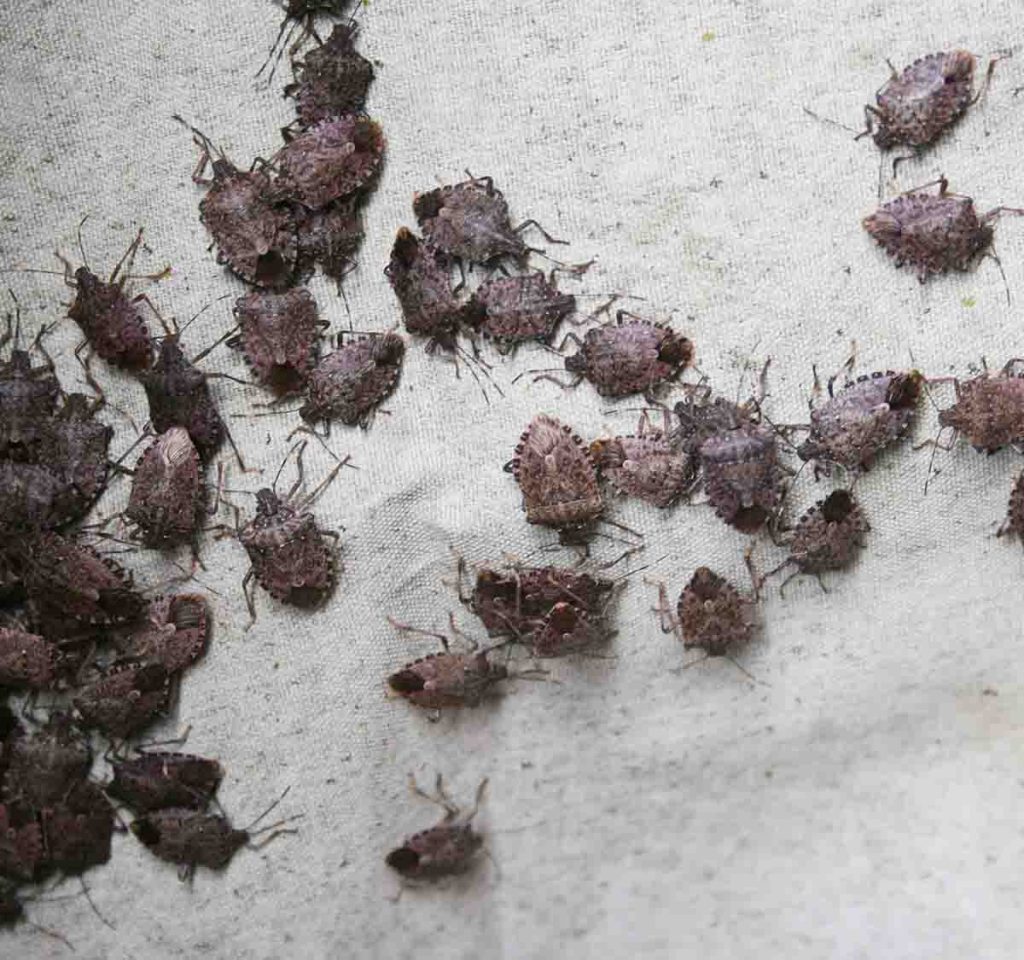As spring temperatures begin to rise, stink bugs emerge from their winter hiding places and become active once again. These shield-shaped insects are not harmful to humans, but their presence indoors is a persistent nuisance. Known for their foul odor when crushed or threatened, stink bugs often gather in large numbers and invade homes looking for warmth and shelter. Without effective prevention, they can quickly move from a minor annoyance to a seasonal problem.
The best defense against stink bugs is prevention. Understanding their behavior, knowing what attracts them, and sealing off access points are key to keeping your home pest-free as the weather warms. This article outlines the most effective strategies to help homeowners stop stink bugs before they get inside.

Understand What Attracts Stink Bugs
Before you can prevent stink bugs, it helps to understand why they’re targeting your home in the first place. These insects are drawn to warmth, light, and areas that offer protection. Homes with south-facing walls, plenty of windows, or gaps in the structure are especially vulnerable during the spring and fall.
- Stink bugs seek warmth as they leave winter dormancy
- They are attracted to light, especially exterior lighting at night
- Homes with cracks in siding, gaps around windows, or unsecured vents invite entry
- Gardens with fruiting plants or vegetation near the home increase local populations
If you’re noticing repeat infestations each year, it’s worth reviewing this article on why stink bugs keep invading to better understand recurring patterns and long-term solutions.
Seal Off Common Entry Points
One of the most effective ways to prevent stink bugs from entering your home is by eliminating their access. These pests are excellent at slipping through tiny cracks and gaps around windows, doors, and utility openings. Spring is an ideal time to conduct a full exterior inspection and seal vulnerable areas.
- Check door and window frames for worn or missing weather stripping
- Use silicone or foam sealant to close gaps in siding, brickwork, and around pipes
- Install mesh screens on attic vents and exhaust fans
- Repair damaged window screens and check for tears or loose edges
- Ensure chimney flues are properly capped and sealed when not in use
These small maintenance steps can have a big impact on reducing the number of pests that make it inside. Regular upkeep also helps prevent other insects and rodents from exploiting the same weaknesses.
Minimize Outdoor Conditions That Attract Stink Bugs
Stink bugs thrive in outdoor environments that offer food, warmth, and shelter. While it may not be possible to eliminate all attractants, strategic landscaping and home care can significantly reduce their numbers near your home.
- Remove overgrown vegetation that touches or shades exterior walls
- Keep mulch, leaf piles, and firewood at least 20 feet from the foundation
- Limit the use of outdoor lighting or switch to yellow-toned bulbs that attract fewer insects
- Harvest ripe fruits or vegetables from garden beds promptly to avoid feeding stink bugs
- Seal or repair cracks in exterior siding and foundation walls
When outdoor populations are kept under control, fewer stink bugs will gather near your home and attempt to enter. Proactive outdoor maintenance is one of the best ways to cut off infestations before they begin.
Know When and Where to Watch
In early spring, stink bugs become active again and start looking for food and favorable shelter. They are more likely to appear on sunny walls, near light fixtures, or inside attics and wall voids. Monitoring high-risk zones helps with early detection and informed action.
You’re most likely to spot them:
- On sunlit exterior walls, especially those facing south or west
- Crawling on window sills or light fixtures in rooms that receive strong sunlight
- Inside attics or upper-floor spaces where heat rises
- Near entryways and gaps around utility pipes
Knowing what attracts stink bugs and being alert to their seasonal habits makes it easier to act before an infestation spreads indoors. Early spring is a critical window for intervention.
When to Call in a Professional
Even with the best prevention strategies, stink bugs can sometimes make it inside. Once indoors, they tend to congregate in hidden areas and can be difficult to remove completely without help. Their odor and tendency to hide in wall cavities make them challenging to manage without proper equipment and knowledge.
Professional inspection and treatment are recommended if:
- You’ve had repeated stink bug issues across multiple seasons
- You notice clusters of bugs in windows, attics, or wall gaps
- You’re concerned about their spread into living spaces or insulation
Professionals can identify hidden entry points, apply safe and targeted treatments, and recommend long-term maintenance plans based on your home’s specific layout and risk factors.Spring is the season when stink bugs come back to life, but with the right preventative measures, your home doesn’t have to become their target. Sealing entry points, adjusting exterior conditions, and understanding stink bug behavior are key to staying ahead of infestations. For expert help managing recurring issues or ensuring your home is protected, contact Titan Pest & Wildlife Solutions to schedule a professional evaluation and tailored treatment plan.

